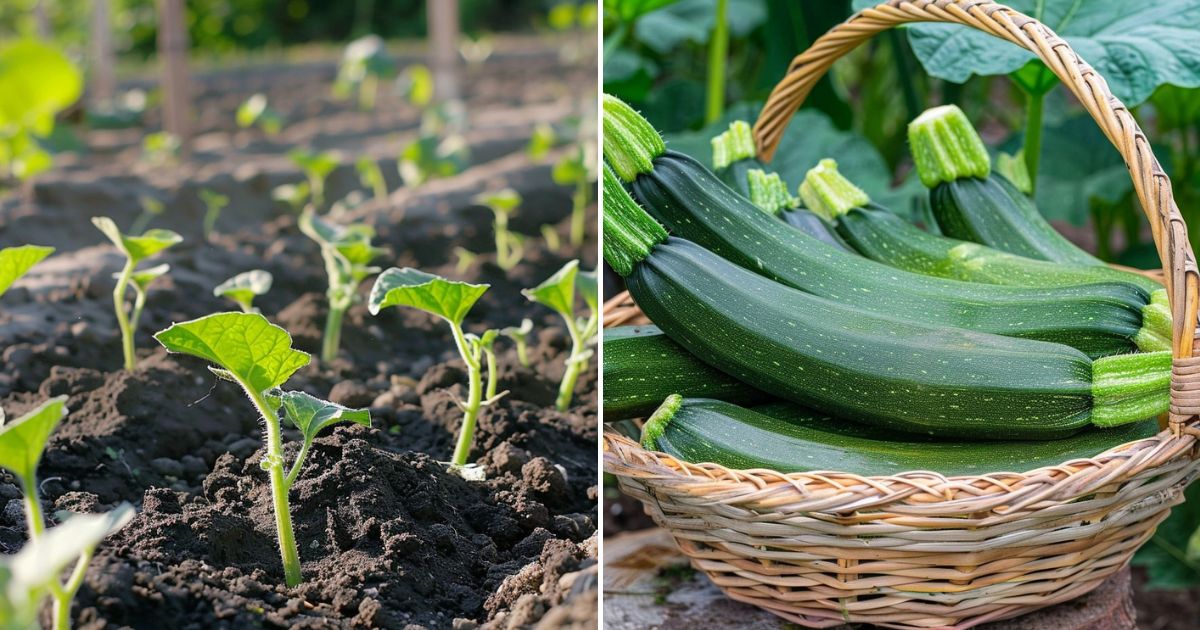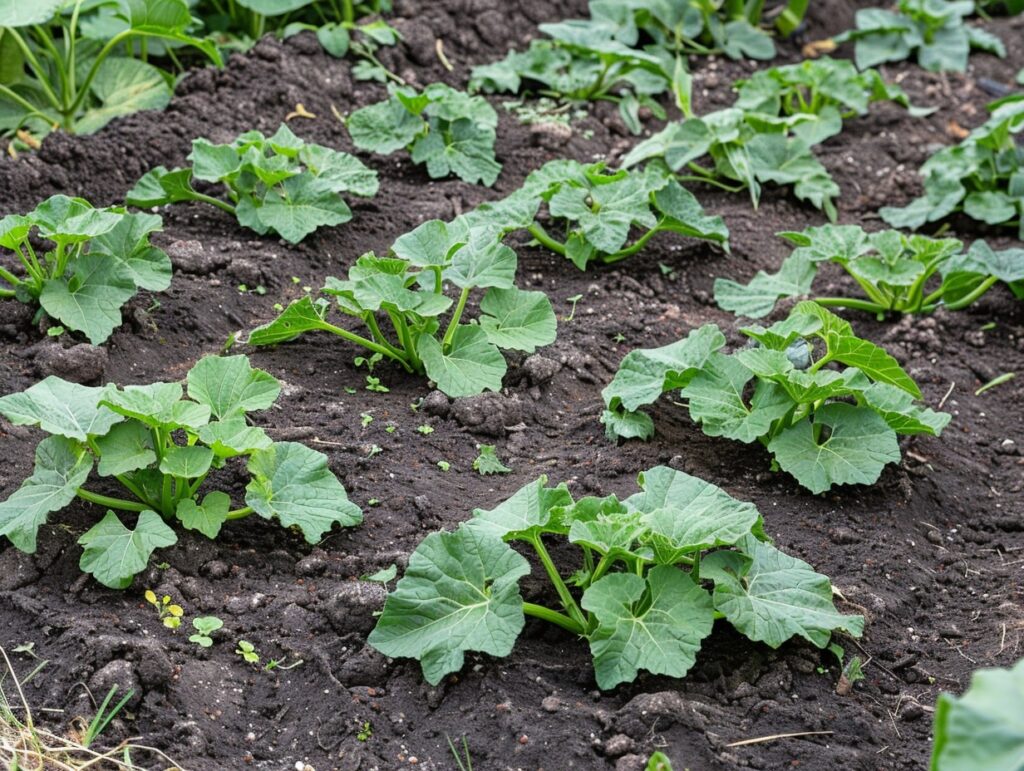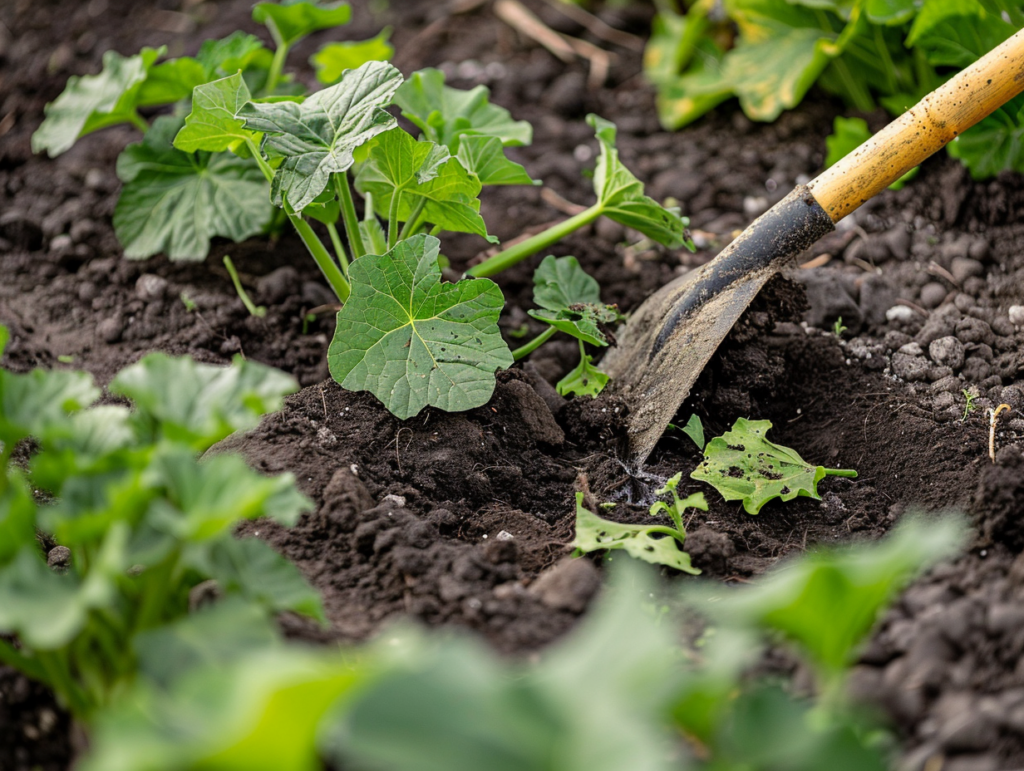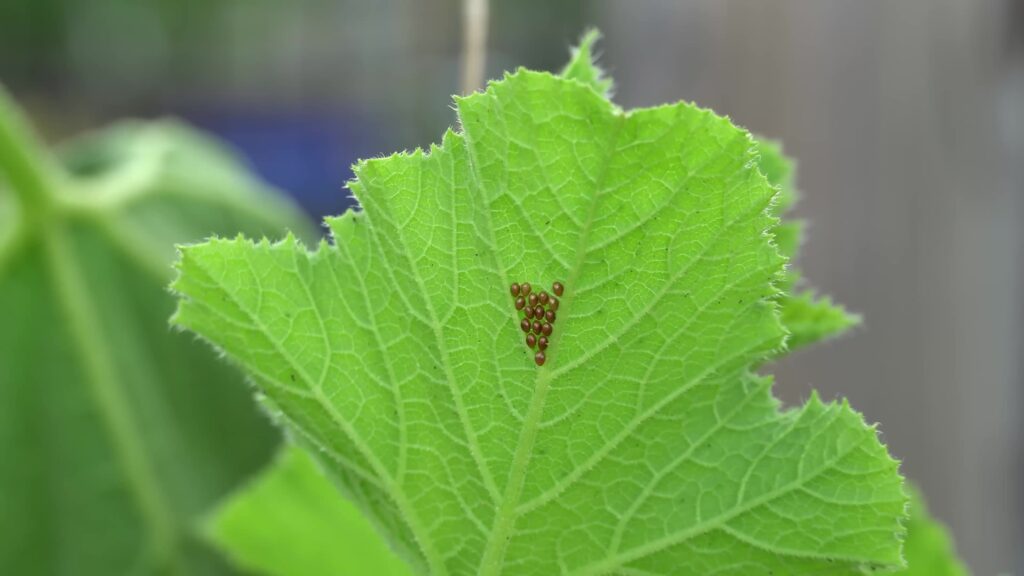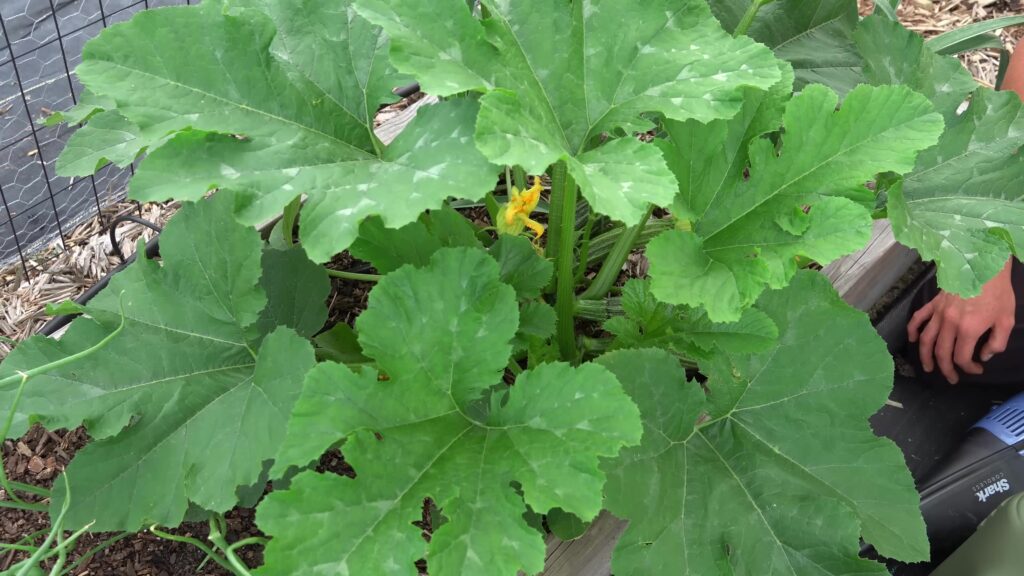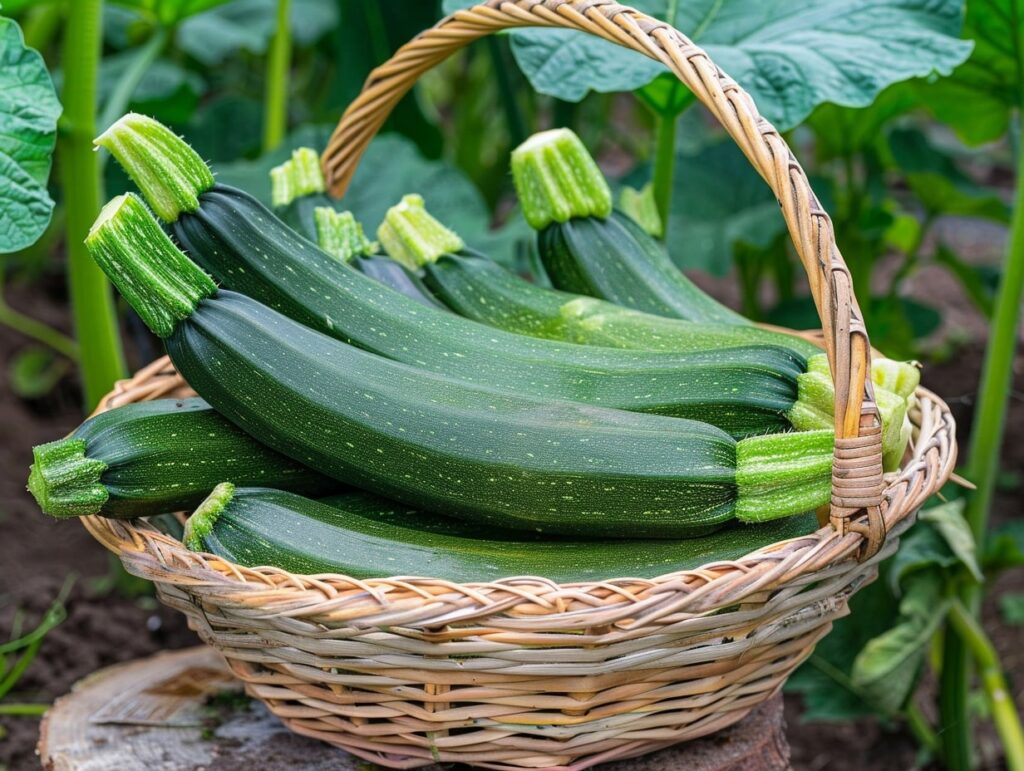Planting zucchini can be a rewarding experience, but it’s essential to go in prepared. Zucchini plants grow rapidly and can take over your garden space if not properly managed. You’ll need to give them enough room and ensure they receive plenty of sunlight.
You should also be aware of their water needs. Zucchini thrives in well-irrigated soil, so regular watering is crucial to prevent the fruit from becoming bitter. Furthermore, keeping an eye on pests, like squash bugs, will help maintain the health of your plants.
Starting with healthy seeds or seedlings can make a significant difference. Choose a variety that fits your climate, and you’ll be set for a bountiful harvest. Knowing these key points can ensure your zucchini planting venture is successful and enjoyable.
What You Should Know Before Planting Zucchini
Before planting zucchini, you need to understand its plant basics and the best time for planting. Timing and plant care are crucial for a successful harvest.
Understanding Zucchini Plant Basics
Zucchini plants are prolific and need space. Each can spread up to 6 feet wide, so plan your garden layout accordingly. Plant seeds in a location with full sunlight, as zucchini thrives with at least 6-8 hours of sunlight per day.
Zucchini prefers well-drained soil, rich in organic matter. Compost or well-rotted manure will help. Plant seeds 1 inch deep and space them 2-3 feet apart. Water consistently, keeping the soil moist but not waterlogged. Mulching can help retain moisture and reduce weeds.
Pests like squash bugs and vine borers can affect zucchini. Regular monitoring and organic pesticides can mitigate issues.
The Best Time to Plant Zucchini
Zucchini is a warm-season crop. Plant seeds after the last frost date in your area, typically when the soil temperature reaches at least 60°F (16°C). Cold soil can hinder seed germination and growth.
In cooler climates, start seeds indoors 3-4 weeks before the last frost. Transplant seedlings outside when the risk of frost has passed. In warmer climates, you can plant directly in the ground.
Staggering plantings every 2-3 weeks until mid-summer ensures a continuous harvest. Bush varieties are better for small gardens, while vining types need more space. Choose varieties that suit your garden’s conditions and your culinary preferences.
Preparing Your Garden for Zucchini
To successfully grow zucchini, choose a location with ample sunlight and ensure the soil meets specific conditions for optimal growth.
Choosing the Right Location
Zucchini plants thrive in full sun, needing at least six to eight hours of direct sunlight each day. Select a spot where nearby structures or plants will not cast shadows on your zucchini.
Consider spacing. Zucchini plants need room to spread, typically requiring 2 to 3 feet of space between each plant. Proper spacing will help prevent diseases by allowing air circulation.
Planting zucchini near taller plants or structures can provide some wind protection, which is beneficial for these relatively delicate plants. Ensure the chosen area is accessible for watering, fertilizing, and other garden maintenance tasks.
Soil Preparation and Requirements
Zucchini prefers well-draining, fertile soil. Test your soil’s pH to ensure it is within the ideal range of 6.0 to 7.5. Adding compost or aged manure improves soil quality and provides necessary nutrients.
Conduct a soil test to identify any deficiencies. If needed, amend the soil with balanced fertilizers that contain nitrogen, phosphorus, and potassium.
Work the soil to a depth of at least 12 inches to loosen it and remove any rocks or debris. This allows zucchini roots to grow deeper, promoting stronger plants. Applying a layer of mulch can help retain moisture and suppress weeds, contributing to healthier zucchini growth.
Planting and Caring for Your Zucchini
Planting zucchini properly and maintaining the right care routines will yield healthy and abundant plants. Pay close attention to how you sow your seeds, water them, and provide them with necessary nutrients.
Sowing Zucchini Seeds
Plant your zucchini seeds after the last frost date, with warm soil being crucial for germination.
Space seeds about 1 inch deep and 2-3 feet apart in well-drained soil. If using rows, keep them at least 3 feet apart.
Warm soil temperature between 70-95°F is ideal. Note: if starting seeds indoors, transplant seedlings when they have two true leaves and the outdoor soil temperature is at least 70°F. Ensure full sun exposure for best growth.
Watering and Feeding Your Plants
Zucchini plants need regular watering, about 1-2 inches per week. Keep the soil consistently moist, but not waterlogged.
Water in the morning at the base to minimize foliage diseases. Mulching helps retain soil moisture and control weeds.
Use a balanced fertilizer, such as 10-10-10, when plants start to flower. Apply compost or well-rotted manure to enrich the soil. Ensure there’s adequate magnesium and calcium to prevent nutrient deficiencies. Regular monitoring and adjusting will support a robust zucchini harvest.
Protecting Zucchini Plants from Pests and Diseases
Guarding your zucchini against pests and diseases is crucial for a successful harvest. Effective prevention and treatment strategies are necessary to ensure healthy plants and abundant yields.
Common Zucchini Pests
Aphids: Small, pear-shaped insects that can be green, black, or white. They cluster on new growth, sucking sap and weakening plants. Action: Use insecticidal soap or introduce ladybugs to control aphid populations.
Squash Bugs: These pests cause yellow spots on leaves that eventually wilt and die. Action: Remove eggs from leaves, destroy affected plants, or use neem oil.
Cucumber Beetles: Yellow-green beetles with black spots that feed on leaves and flowers, spreading bacterial wilt. Action: Use floating row covers and plant trap crops like radishes to lure them away.
Cutworms: Night-feeding caterpillars that cut seedlings at the base. Action: Use collars around young plants and keep the garden clean of debris.
Preventing and Treating Zucchini Diseases
Powdery Mildew: A white, powdery fungus on leaves. Prevention & Treatment: Ensure good air circulation by spacing plants properly. Apply a mixture of water and baking soda weekly.
Downy Mildew: Causes yellow patches on leaves with a fuzzy underside. Prevention & Treatment: Water plants at the base and avoid wetting the leaves. Utilize copper fungicides as needed.
Bacterial Wilt: Spread by cucumber beetles, causing plants to wilt and die. Prevention & Treatment: Control beetle populations, remove infected plants immediately, and practice crop rotation.
Blossom End Rot: Caused by calcium deficiency, leading to rotting fruit. Prevention & Treatment: Maintain consistent watering routines and apply calcium-rich fertilizers.
Proper pest and disease management is vital for healthy zucchini plants and a bountiful harvest. Keep a close watch on your garden to address issues promptly.
Harvesting and Enjoying Your Zucchini
Zucchini is easy to harvest and incredibly versatile for cooking. You’ll need to know when to pick them and how to turn them into delicious dishes.
When and How to Harvest
Harvest zucchini when they are about 6 to 8 inches long. Smaller zucchini are more tender and flavorful.
Use a sharp knife or garden shears to cut the zucchini from the vine, being careful not to damage the plant. Check your plants daily during peak season, as zucchini can grow quickly.
Leave a small portion of the stem attached to keep the zucchini fresh longer. Store them in a cool, dry place and use within a few days for the best taste.
Planting zucchini can indeed be a rewarding and fruitful gardening experience, provided you approach it with preparation and care.
By understanding the basics of zucchini plants, choosing the right time to plant, and preparing your garden adequately, you set a strong foundation for a successful harvest.
Remember to give your zucchini plants enough space to grow and ensure they receive plenty of sunlight. Consistent watering and well-drained, nutrient-rich soil are key to preventing bitterness in the fruit and promoting vigorous growth.
Regularly monitoring for pests and diseases, and taking prompt action when needed, will help keep your plants healthy and productive.
Starting with healthy seeds or seedlings, chosen for your specific climate, will further enhance your chances of a bountiful harvest. Staggering plantings and selecting varieties that suit your garden’s size and your culinary preferences can ensure a continuous supply of fresh zucchini.
In summary, with the right knowledge and preparation, your zucchini planting venture can be both enjoyable and highly rewarding, providing you with delicious and versatile vegetables all season long.
